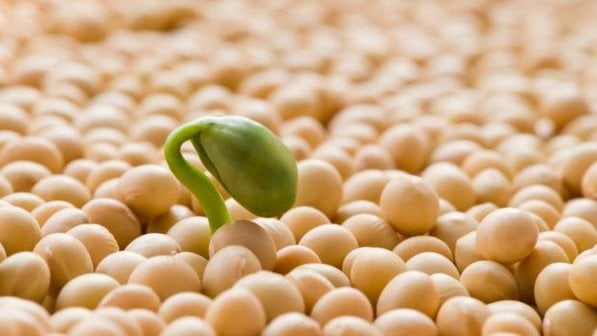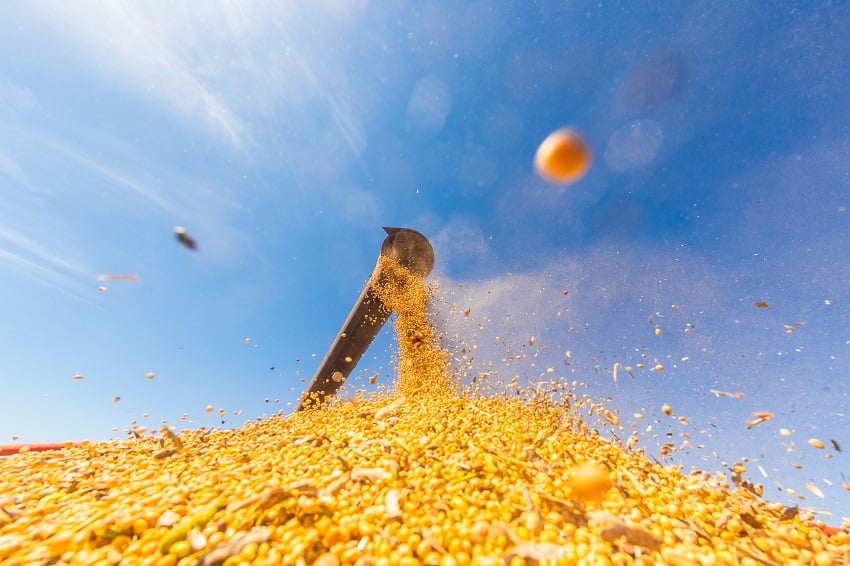![]()
More than just looking at prices, Brazilian producers will have to look at their margins and be well positioned to move forward with their businesses for the 2025/26 harvest. After all, it will be a more costly season and the terms of trade already require constant monitoring. In the state of Mato Grosso alone, for example, the cost of the new harvest will be 3.75% higher than the previous one.
According to calculations made by Imea (Mato Grosso Institute of Agricultural Economics), from the CPA-MT project, the cost of soybeans, in March, was projected at R$ 4118.61 per hectare.
“With rising costs and the need to purchase products, many soybean farmers who opted to barter this season are facing an unfavorable scenario for some inputs,” reports Imea. “It is important to highlight that some producers will pay for part, or even the entire harvest, through barter, which could represent an additional challenge for balancing the activity’s expenses.
And fertilizers stand out in this scenario. For soybean farmers in Mato Grosso, March data showed that 24.98 bags of soybeans were needed to purchase one ton of Super Simples (SSP) and 45.26 bags for one ton of MAP. “Compared to the same period last year, this represents an increase of 29.97% for SSP and 18.23% for MAP.
And it will not only be more expensive to produce soybeans, but also corn in Brazil's largest producing state. The survey highlights that the cost of high-tech corn for the 2025/26 harvest was R$3,163.85/ha, which represents an increase of 1.05% compared to that recorded in February/25, according to the CPA-MT Project.
In an interview with Notícias Agrícolas this Tuesday, the fertilizer analyst at Agrinvest Commodities, Jeferson Souza, pointed out that the current exchange rates between soybeans and some fertilizer groups are the second highest in 15 years, especially after the strong increases that raw materials have recorded in recent days.
“The nominal cost of the 2025/26 harvest will be higher, that is undeniable. The focus now is on what can be done to improve this relationship, not in terms of fertilizer, but in terms of the price of soybeans. And with each passing week that the producer stops buying, this relationship gets a little worse. There is no improvement in this relationship, on the contrary. We are finishing the month of April, the window is getting shorter and it seems to me that a drop in this relationship, in the first half of the year, will only be possible if the price of soybeans improves. On the fertilizer side, it is very difficult,” he says.
Souza also reports that around 50% of fertilizers have already been purchased for the 2025/26 harvest, compared to 47% last year. “This means that the producer is more advanced than last year, but behind the average of the last five years”.
Watch the full interview:
Business involving the 2025/26 harvest has been growing in Brazil and has gained a bit more traction in recent weeks, when the trade war between China and the United States reached its peak. However, it will be necessary to monitor the situation. As explained by agribusiness consultant Ênio Fernandes, from Terra Agronegócios, producers should be well positioned to close new deals, since this is a time of very high risks, which adds to higher costs.
“This is a year to work safely and prudently. Last year, it was clearer. We saw a large harvest in Brazil, but we had chances to sell soybeans in advance last year at above US$$ 12.00 per bushel,” says Fernandes.




